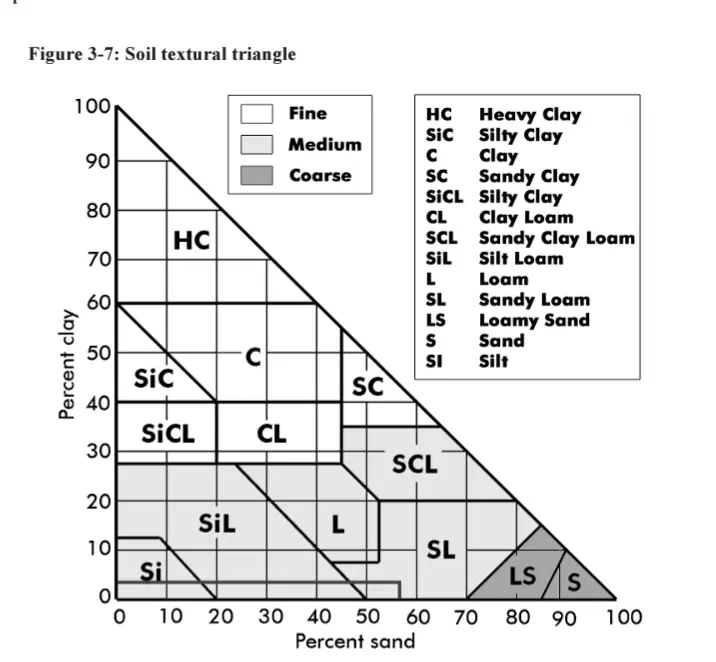Cool Guides
Rules for Posting Guides on Our Community
1. Defining a Guide Guides are comprehensive reference materials, how-tos, or comparison tables. A guide must be well-organized both in content and layout. Information should be easily accessible without unnecessary navigation. Guides can include flowcharts, step-by-step instructions, or visual references that compare different elements side by side.
2. Infographic Guidelines Infographics are permitted if they are educational and informative. They should aim to convey complex information visually and clearly. However, infographics that primarily serve as visual essays without structured guidance will be subject to removal.
3. Grey Area Moderators may use discretion when deciding to remove posts. If in doubt, message us or use downvotes for content you find inappropriate.
4. Source Attribution If you know the original source of a guide, share it in the comments to credit the creators.
5. Diverse Content To keep our community engaging, avoid saturating the feed with similar topics. Excessive posts on a single topic may be moderated to maintain diversity.
6. Verify in Comments Always check the comments for additional insights or corrections. Moderators rely on community expertise for accuracy.
Community Guidelines
-
Direct Image Links Only Only direct links to .png, .jpg, and .jpeg image formats are permitted.
-
Educational Infographics Only Infographics must aim to educate and inform with structured content. Purely narrative or non-informative infographics may be removed.
-
Serious Guides Only Nonserious or comedy-based guides will be removed.
-
No Harmful Content Guides promoting dangerous or harmful activities/materials will be removed. This includes content intended to cause harm to others.
By following these rules, we can maintain a diverse and informative community. If you have any questions or concerns, feel free to reach out to the moderators. Thank you for contributing responsibly!
view the rest of the comments


the link is [email protected]
some info:
the equilateral triangle (US) one is confusing as fuck, if you're uninformed. Basically, start with two lines, and see where they take you (e.g., 30% clay, 40% sand). The third line tells you what the remaining percentage of the 3rd textural size is (e.g., in this case, silt).
In the Right angle Triangle (Canadian one) sand and clay to derive your texture. silt is implied (e.g., solve for 'x').
gravel gets counted later, and classified as coarse fragments.
Didn't realize there was one unique size for gravel. I'd call gravel anything from slightly bigger than sand to bit smaller than a golf ball.
Bruh, there's tons of different sizes for gravel and coarse fragments:
Right that's what I mean! Your first graph made it seem like there was just that one size. That table is super interesting thanks.
Haha, check out my soil science community. There are rabbit holes (and pictures of holes!) A-plenty there